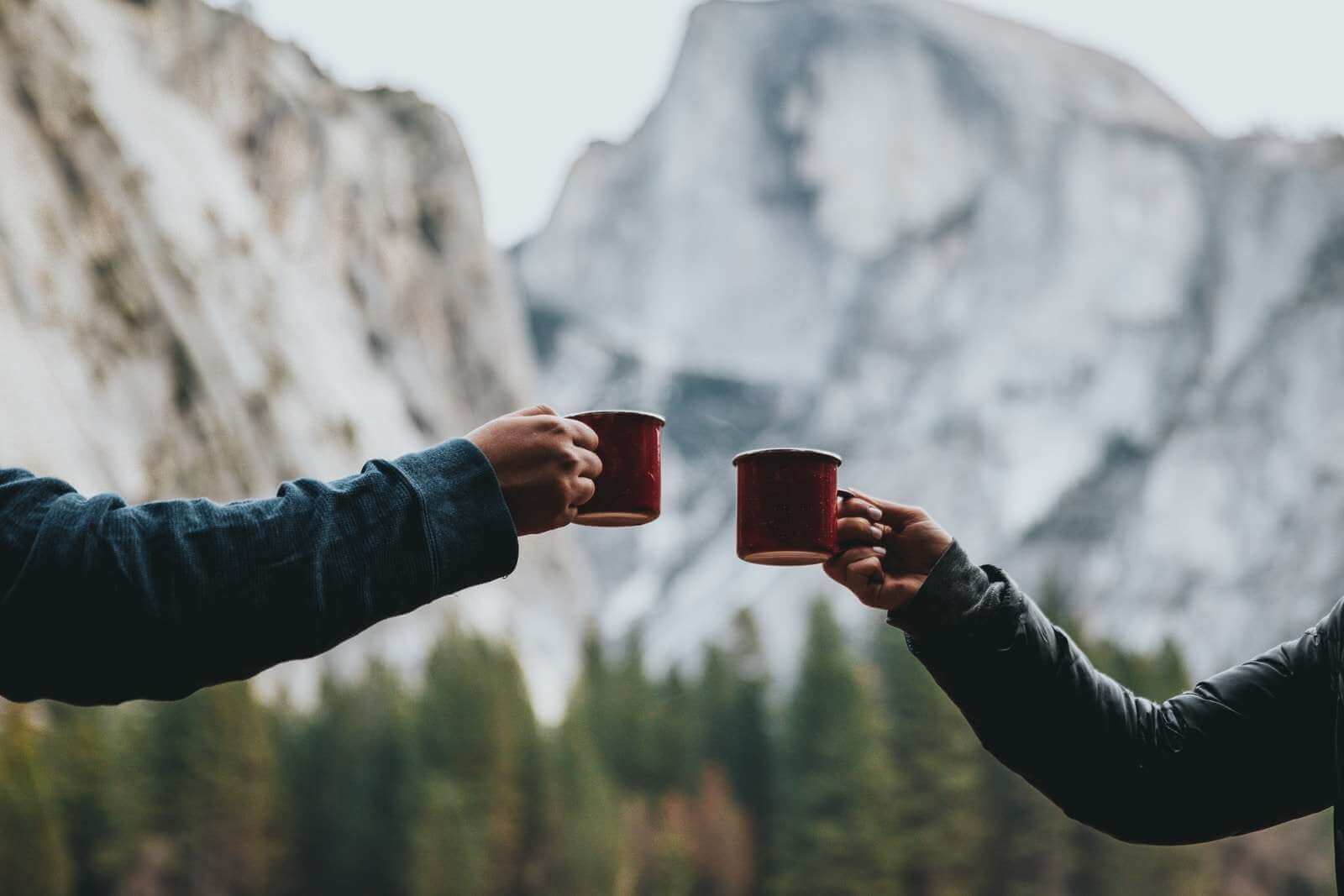
By Mikita Weaver, Esq, MDR
When sitting around the mediation table, sometimes it pays to be intentional about your choice of drink. It may be a source of comfort for the parties. It may bring calm. It may bring peace between the parties if only for a moment and possibly create a space for resolution.
There is something soothing about sitting down and having a cup of your favorite beverage. Nothing soothes the soul like a cup of tea when you are feeling stressed out; a cup of coffee as you peruse the morning news; a glass of wine to compliment a home-cooked meal; your favorite ale while watching your favorite sports team on TV; or a glass of cider or hot-chocolate to warm you up on a cold winter’s day. In day to day life, it is easy to become overwhelmed with our hectic schedules. It becomes necessary to sit down, relax, and enjoy a moment of peace with your favorite drink. In that silence, there is calm.
Beverages can have more than just this personal benefit. In India, my travel companions and I met a young man named Nicki. From the outset, our situations were very different. As American citizens, my traveling companions and I had the opportunity to attend college and travel the world which provided us with untold opportunities to see and experience so many different things. Our new friend Nicki on the other hand had grown up in the outskirts of Delhi and had taken a job inside the city so that he could care for his mother and younger brother by sending money home.
Although we all recognized that our lives were so very different, we sat outside at a local vendor and shared a drink. The drink was almond milk sweetened with honey. The vendor poured the milk back and forth from one pan to another to make the milk frothy (like a low tech cappuccino machine) before serving us our frothy beverage. As the North Indian evening became night, we were warmed by the hot, sweet milk drink. We engaged Nicki in thoughtful conversation about his country and he shared with us the details of his life in India. Sitting around the table, we shared stories and learned and laughed together.
It is not really surprising that as we meet new people and engage with those around us, drinks will play a small but subtle role. After all, we are humans and we require food and water to survive. A business meeting is usually followed by lunch or at least accompanied by coffee. An office kitchen and coffee machine is usually a place for lively conversation or gossip. A restaurant or bar hosts gatherings of friends. And the kitchen table is a place for families to their day with one another.
However, as we engage with others from different cultures in a business or social context, it is important to be more intentional about our choice of drink. For example, it is completely acceptable in many European cultures to drink many alcoholic beverages at a business meeting. In contrast, anything stronger than tea is not acceptable with people from a middle eastern culture. Likewise, while it may be acceptable to serve wine and beer at a state-school reception, that simply is not an option when at a more conservative Christian university event.
In mediation, a mediator should be accurately aware of the needs of the parties. A day-long mediation will usually involve some type of catered food. Dietary needs and cultural needs should be considered when making these plans. Charles Maurice de Talleyrand said, “Espresso is to Italy, what champagne is to France.” When sitting around the mediation table, sometimes it pays to be intentional about your choice of drink. It may be a source of comfort for the parties. It may bring calm. It may bring peace between the parties if only for a moment and possibly create a space for resolution.
Must-read Articles:
- Understanding the Stages of Conflict: A Guide - July 23, 2024
- What Is Dehumanization? An In-Depth Overview - July 12, 2024
- Can Text Messages be Used in Court? A Close Look - July 11, 2024


